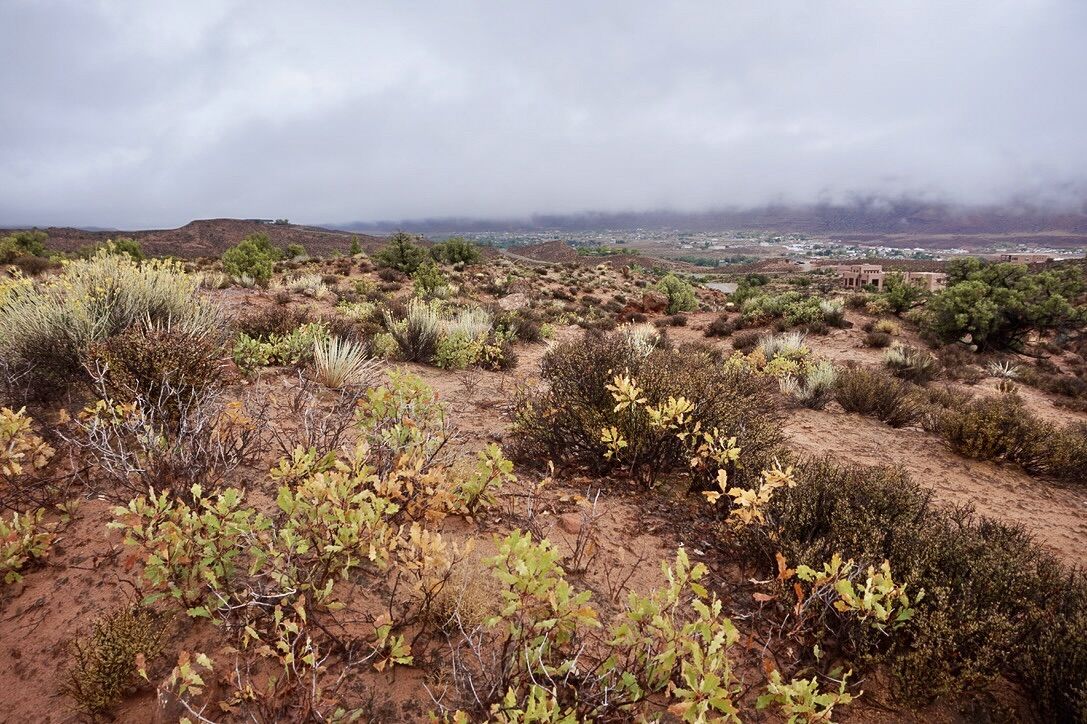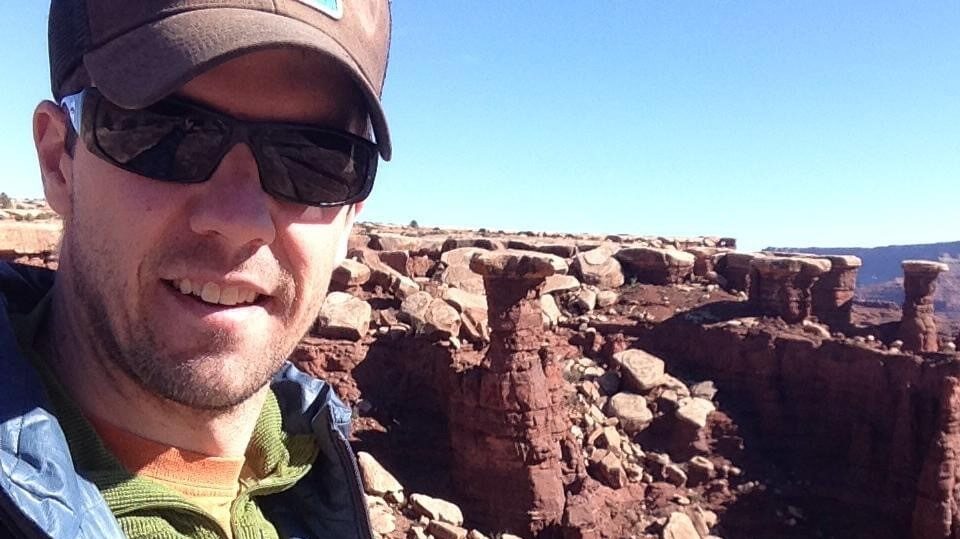Some information may be outdated.
Southern Utah has a wide variety of species and ecosystems, from desert reptiles to aquatic insects and everything in between. Many scientists come here to study these fascinating ecosystems and here Science Moab shares highlights from conversations with fisheries ecologist Nathan St. Andre, biogeographer Larry Stevens, entomologist Tim Graham, and conservationist Joel Berger.
Science Moab: How do quagga mussels change lake environments?
Nathan St. Andre: Quagga mussels do filter feeds: they attach themselves to walls and feed on microscopic phytoplankton, tiny microplankton, and zooplankton. Along the way, they defecate — like all animals, they have to poop. But unlike other animals, quagga mussels will get sediment and organic materials they can’t eat. They spit that stuff out, which we call “pseudofeces.” So quagga mussels tend to remove nutrients from the pelagic part of a lake, which is open water. Then they deposit the nutrients on the side of the lake. Animals that live along the shorelines suddenly have this boost of nutrients, and the animals living in the open lake suddenly lose all their food sources.
Science Moab: What did your research examine?
St. Andre: We were trying to figure out if quagga mussels were impacting Lake Powell. Lake Powell is super complicated: it’s long, it’s narrow, it has sections that are 700 feet deep and sections that are fairly shallow side channels. So do the fish respond the same way as at other lakes?
We found that fish in the southern part of the lake seem to be affected by quagga mussels. But the fish in the northern part don’t seem to be bothered much by the mussels. A handful of fish in the southern part of the lake [were impacted by] decreased in nitrogen levels, so instead of being the top dog, they were slowly knocking their way down the food chain. The fish in the northern part of the lake either returned to their pre-quagga mussel invasion level or went up.
•••
Science Moab: What are the main ways that deep canyons like the Grand Canyon impact species distributions?
Larry Stevens: There are four basic ways that a large, deep canyon can influence the movement and the distribution of life within and around it. The first is as a barrier. The barrier effect works across the canyon as well as upstream and downstream. There’s also a very strong corridor effect. The lower-elevation part of the Grand Canyon is basically the Sonoran Desert. There’s a whole raft of plant and animal species that cannot live anywhere else in northern Arizona. So there’s a tremendous passage of desert species up from the southern desert.
There’s also a corridor effect coming down from Utah; plants can get rafted down through floods. In some cases, these are the lowest elevations for those plant species. Within the canyon, there are “refugia”—caves and springs where long-term stable conditions allow unique forms to develop that are completely restricted to those specific environments. So we have a barrier effect, the corridor effect, and the refuge effect.
Lastly, there are some species like common ravens, bighorn sheep, and desert mule deer that aren’t really restricted by the canyon. Putting everything together, about 70% of the macro lifeforms in the Grand Canyon are restricted in their distribution in some way by this canyon.
•••
Science Moab: How has the tamarisk biocontrol been working? Do we see an overall reduction of tamarisk?
Tim Graham: It’s pretty significant. I think the tamarisk is no longer a dominant part of the system. If you look along the rivers, in particular, there’s very little tamarisk up against the river anymore. The willows have taken over that shoreline. If you look at aerial photos of islands even as early as 2009, you can see these brown centers where the tamarisk stabilized the sandbar and since then the willows have taken over.
As far as tamarisk control goes, the beetle has done an excellent job. I don’t think the beetles will ever completely eliminate it; they don’t in their native habitat. I’m really curious to see but I think what will happen is we’ll have sort of this hide-and-seek kind of process where tamarisk will be found sparsely in the riparian stands. And then the beetle will come in, defoliate, and knock that back. But in the meantime, tamarisk is getting established someplace else.
•••
Science Moab: What does your desert bighorn research examine? And how?
Joel Berger: We’re looking at those populations that have the most human contact and comparing them to the ones that have the least human contact. We’re interested in understanding at what level the animals may experience nothing. I can say that the people I interact with at every level are interested in maintaining bighorn sheep. They are a bio-cultural resource. There is nothing more symbolic of our past and our bio-cultural future.
In terms of management implications, it clearly depends on what we find. It may turn out to be that some areas need stronger protection. A lot of care has gone into planning where people can ride, recreate, and engage in adventure sports, and where we have wildlife resources. So we’re just trying to fine-tune this a little bit.
Science Moab is a nonprofit dedicated to engaging community members and visitors with the science happening in Southeast Utah and the Colorado Plateau. To learn more and listen to the rest of these interviews, visit www.sciencemoab.org/radio. These interviews have been edited for clarity.
Appreciate the coverage? Help keep local news alive.
Chip in to support the Moab Sun News.





